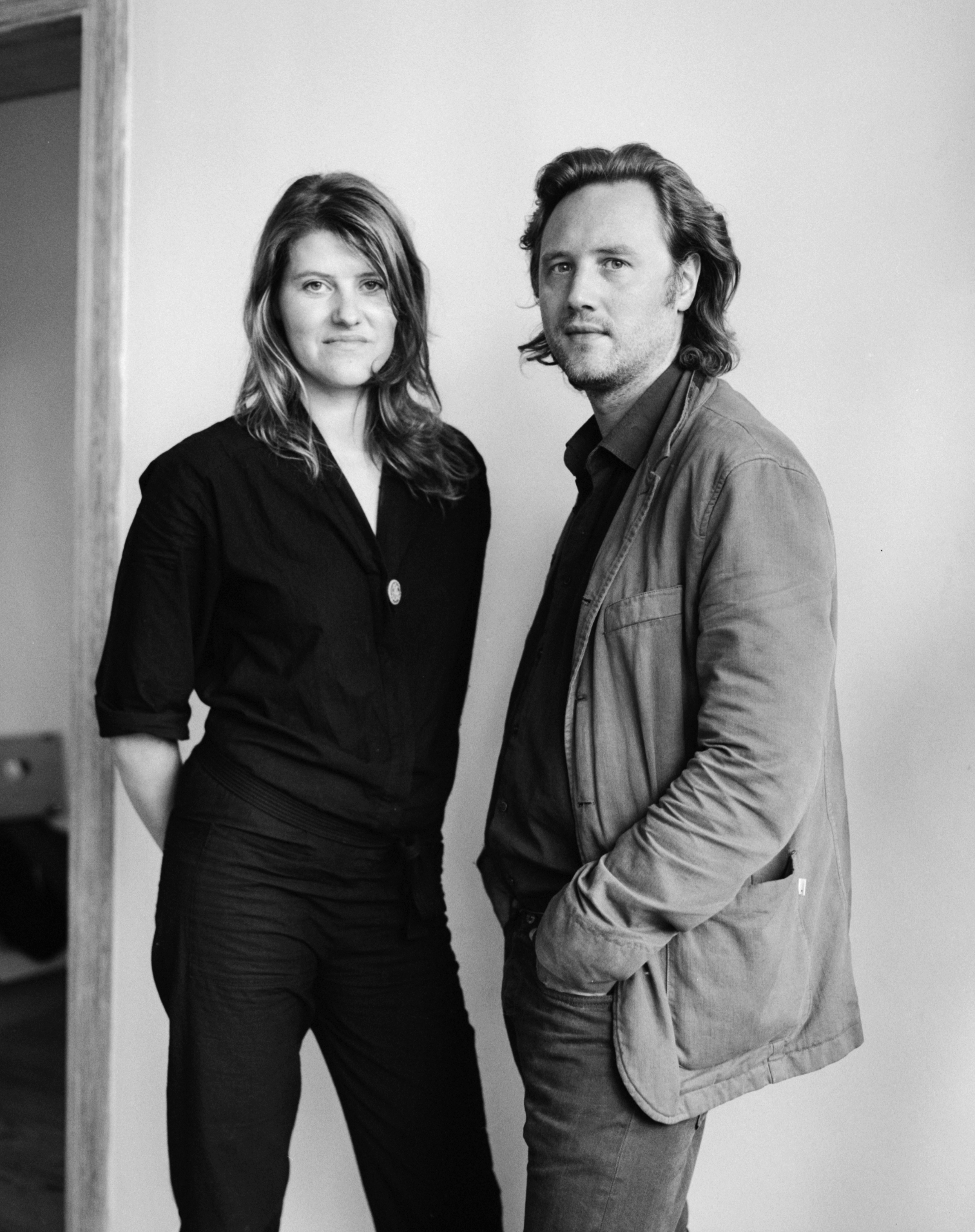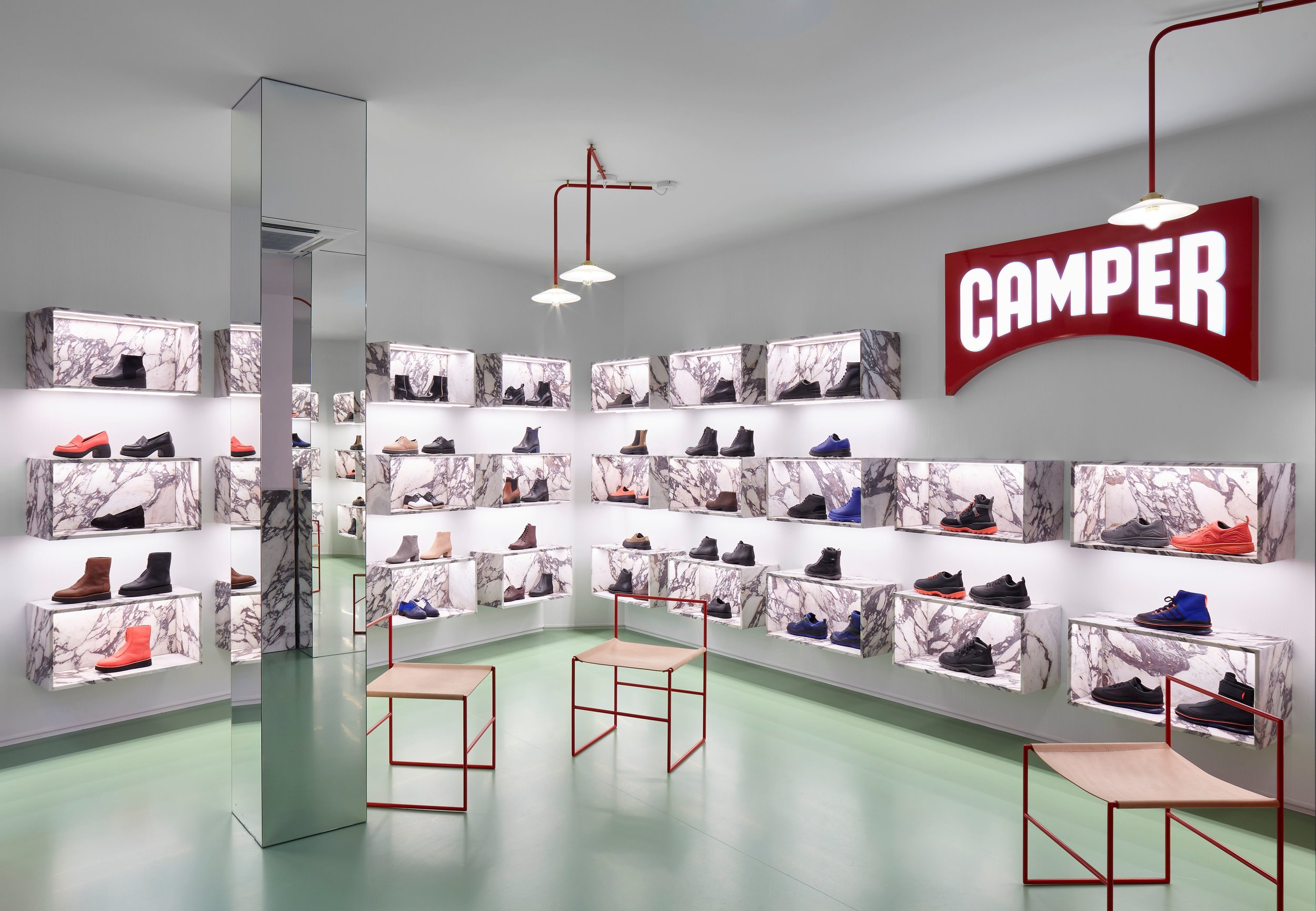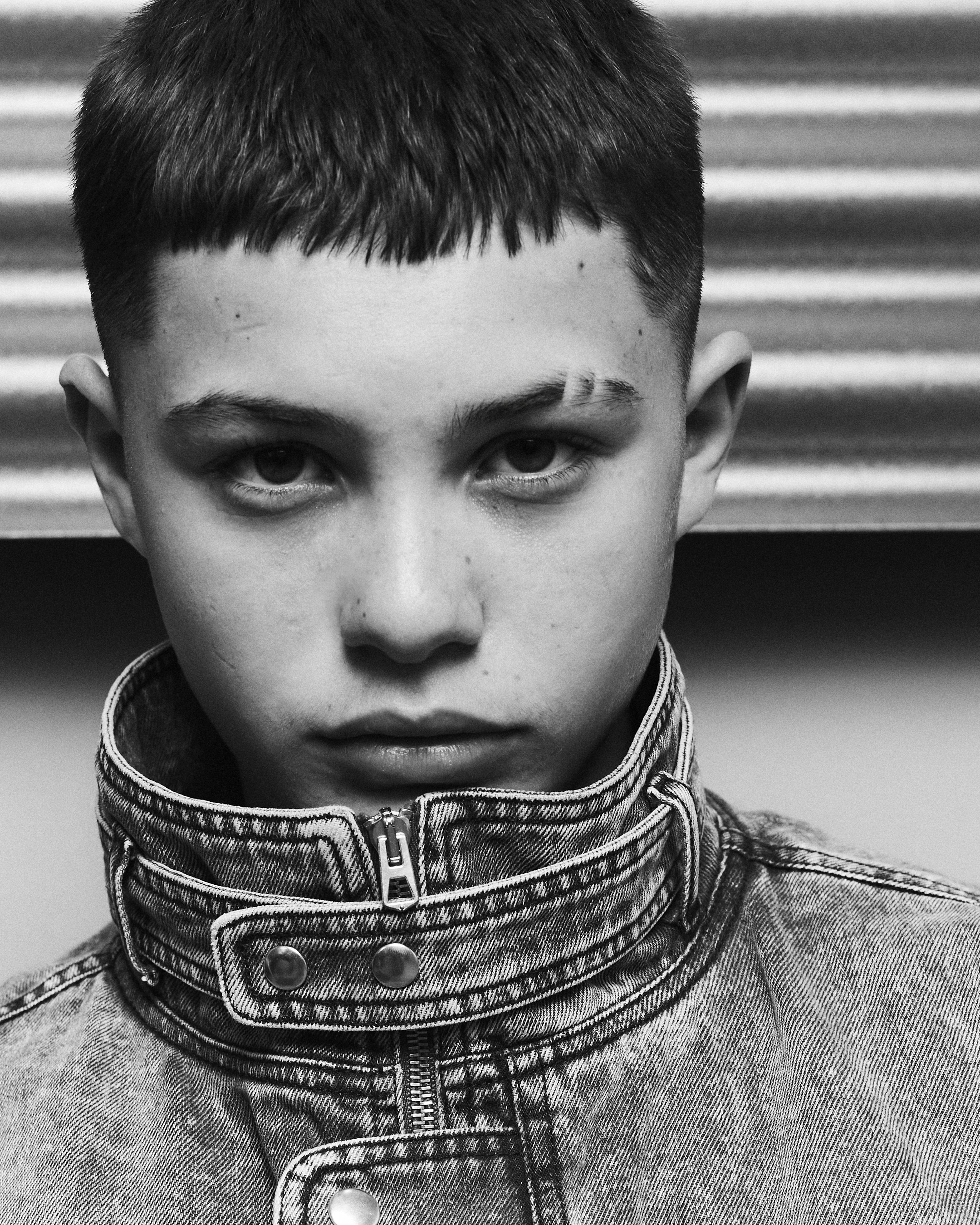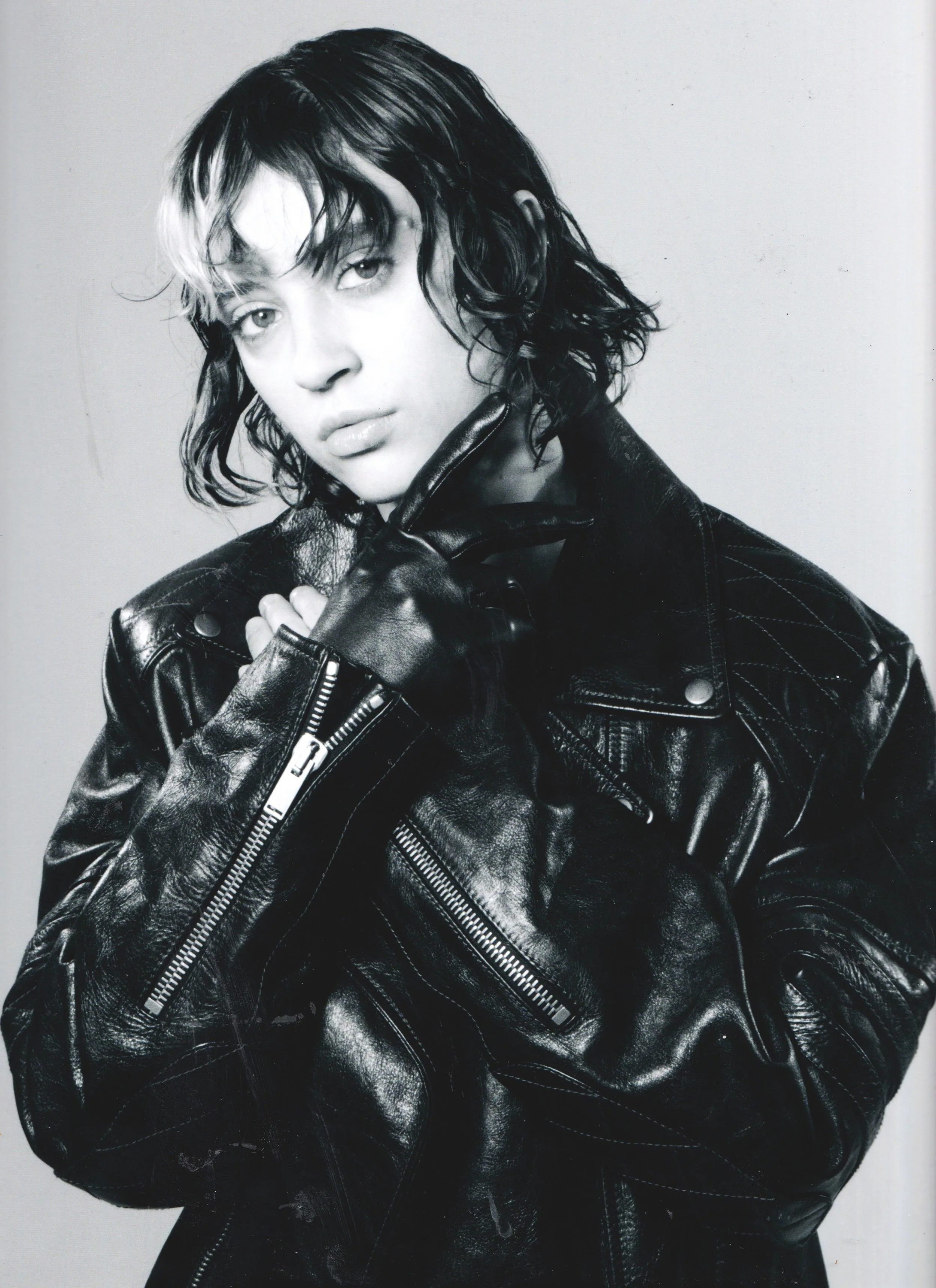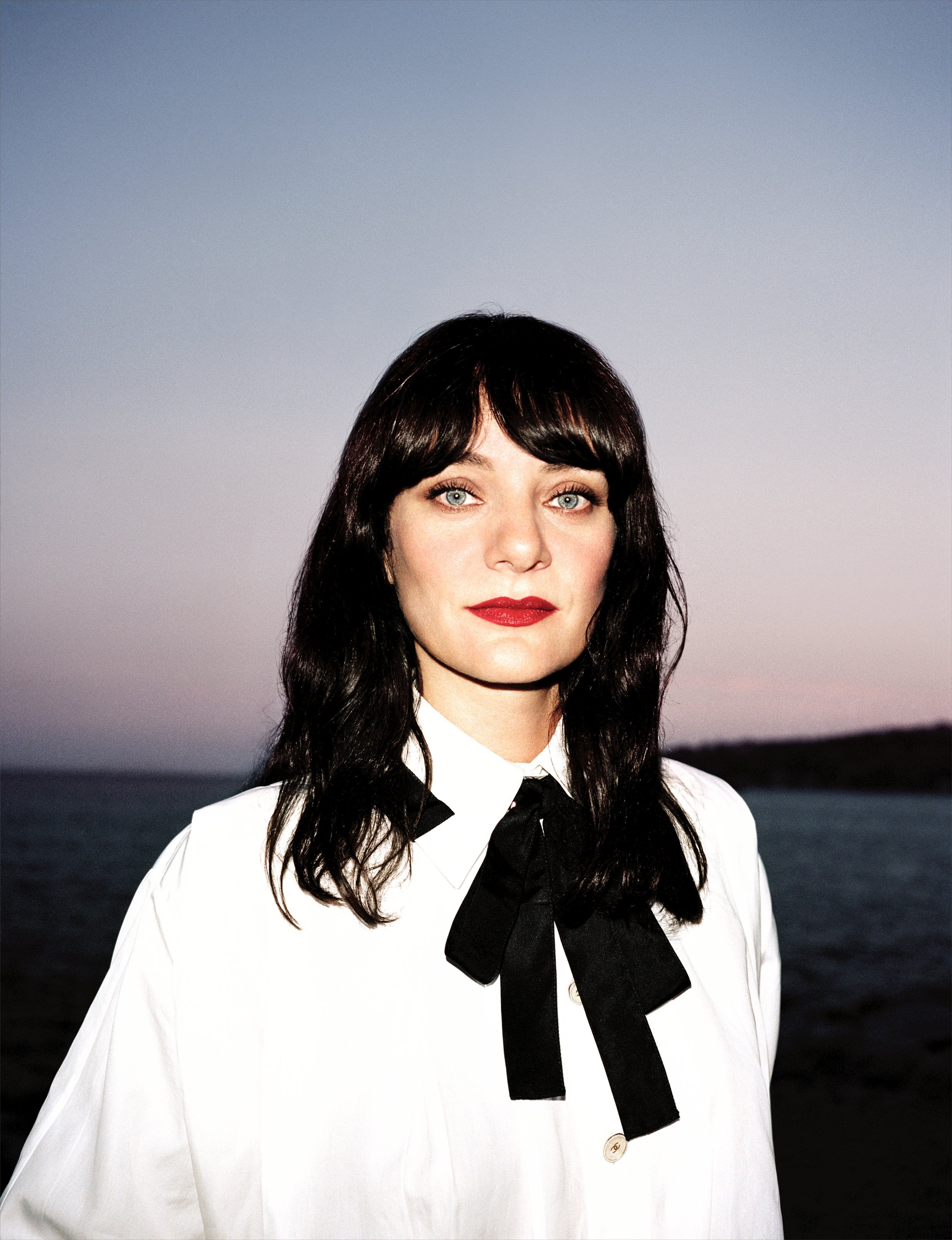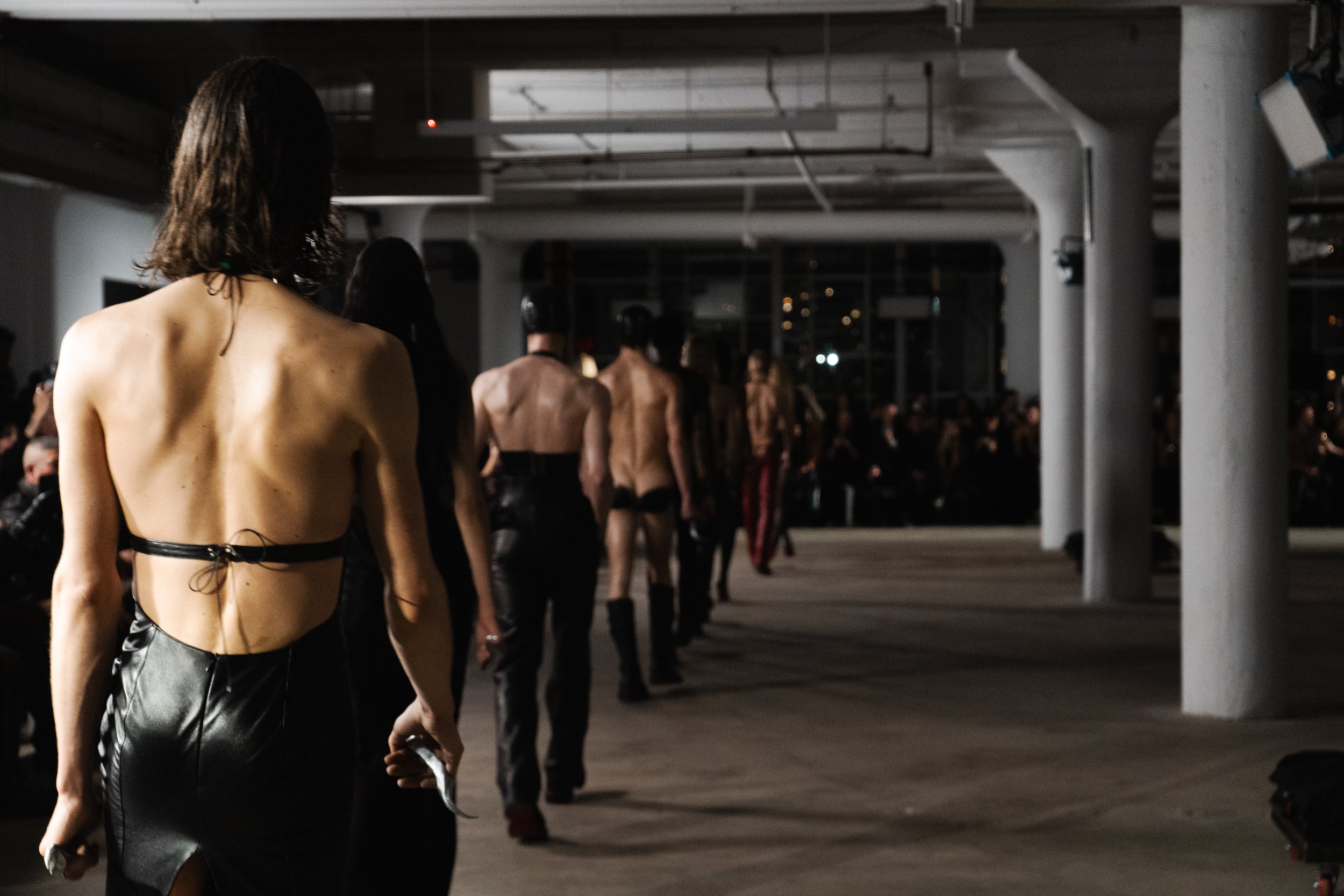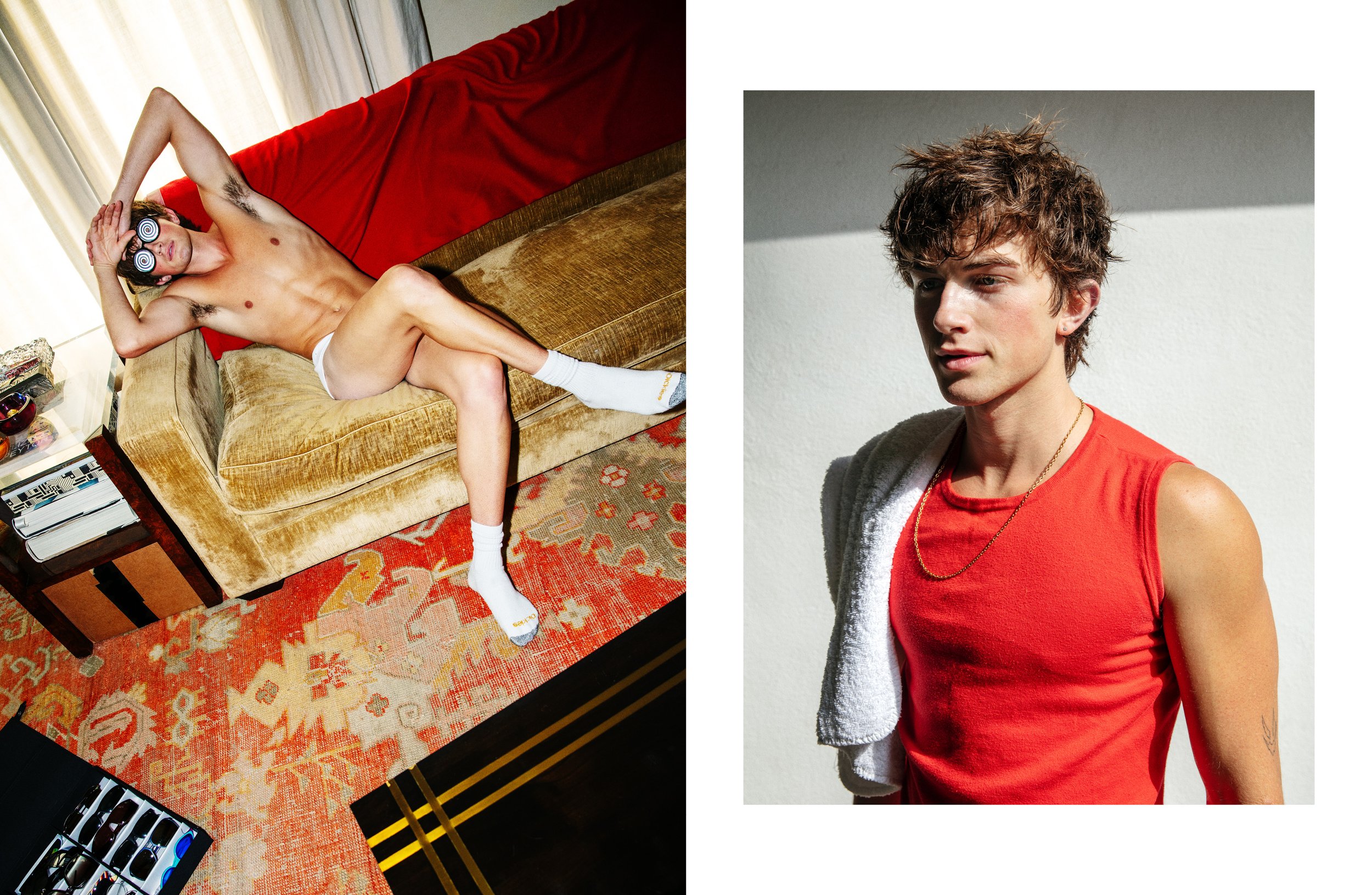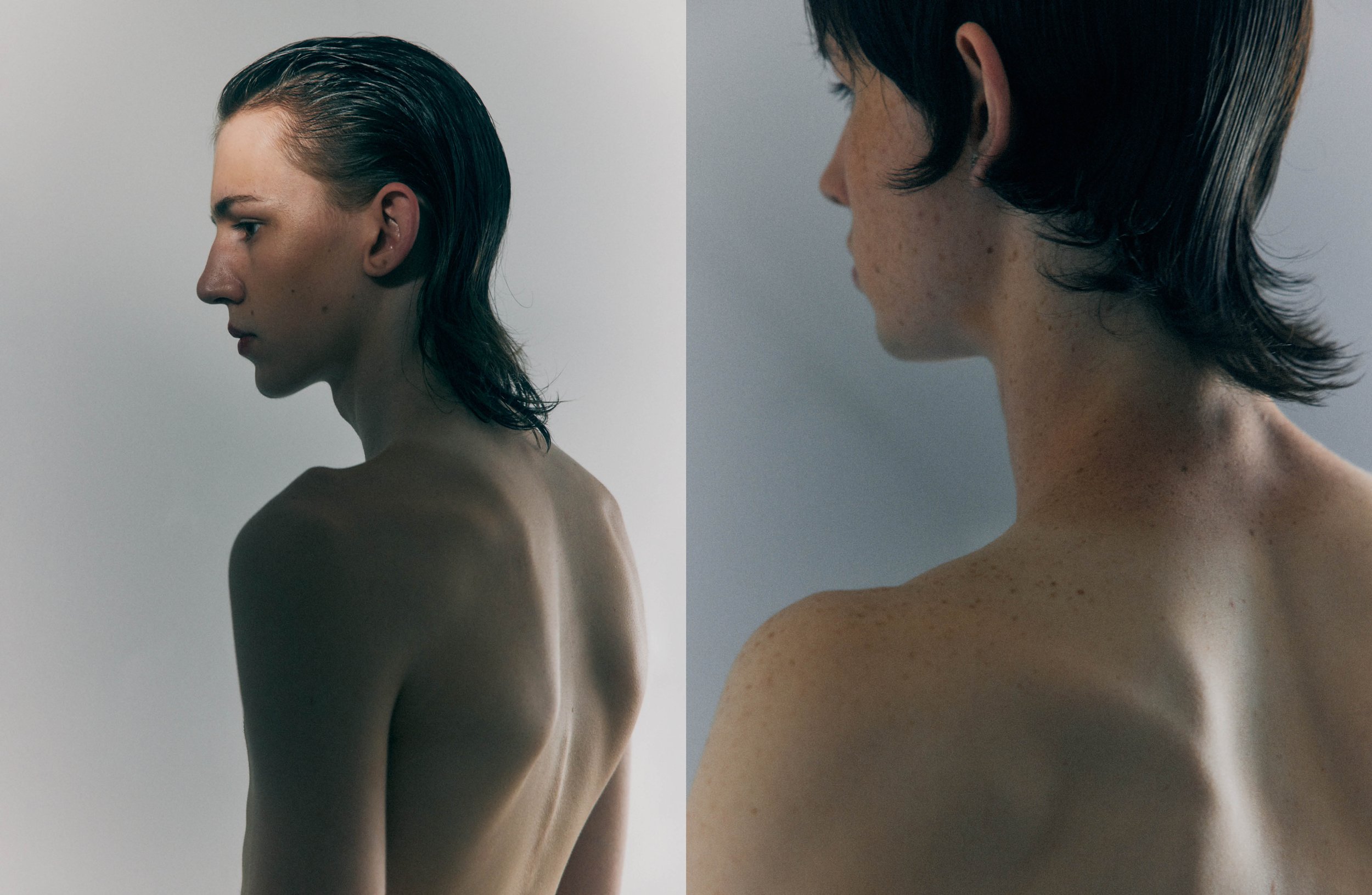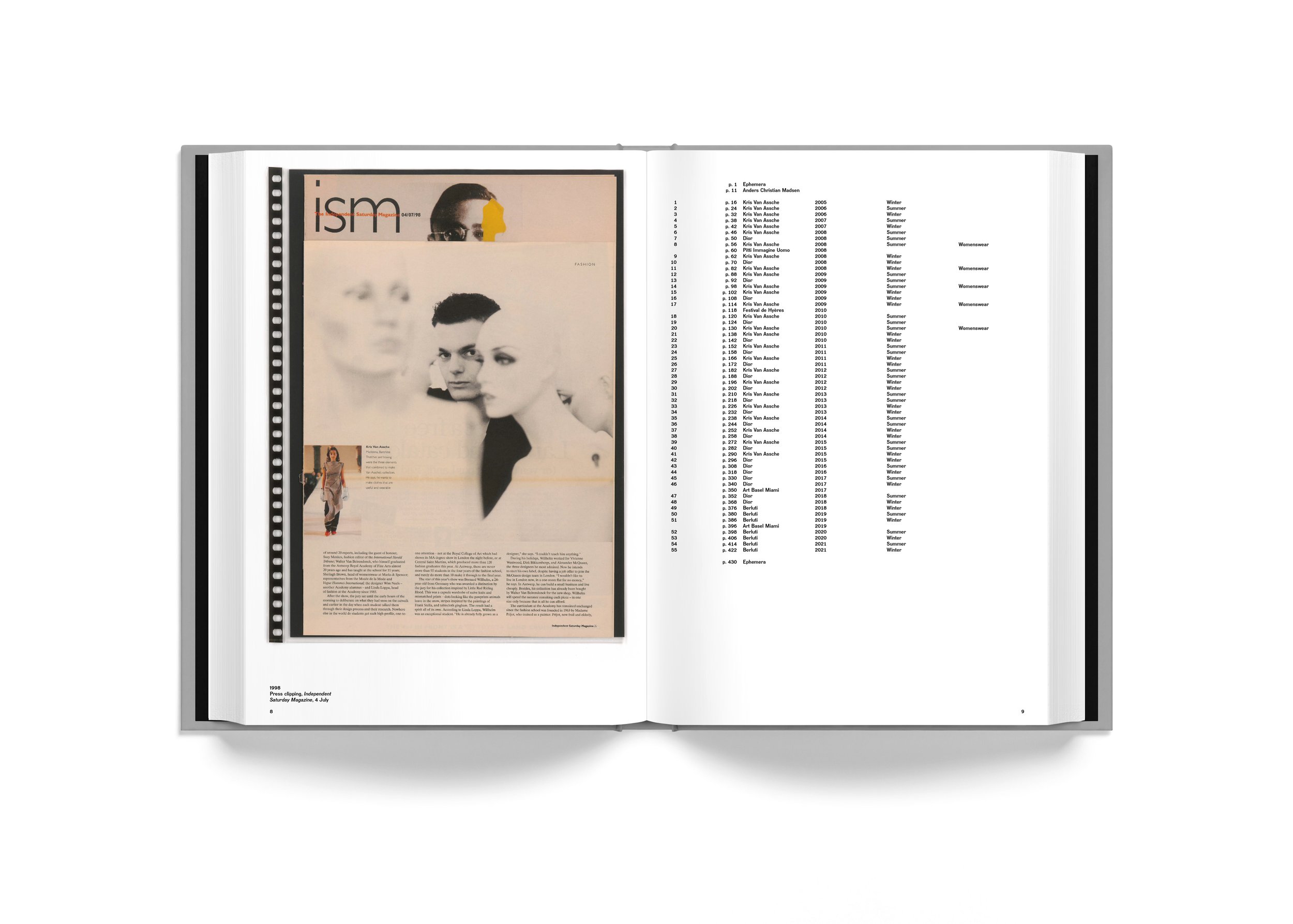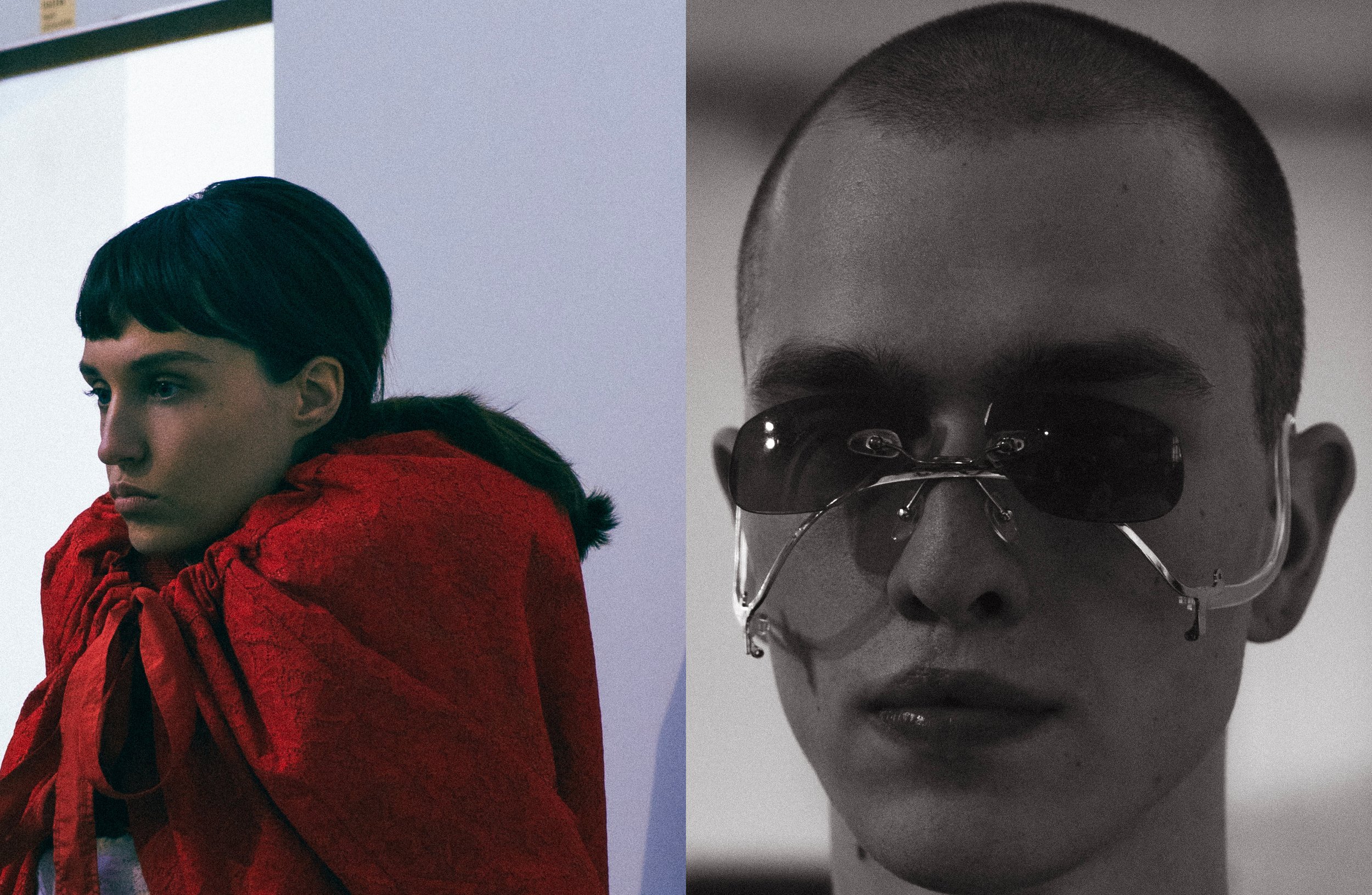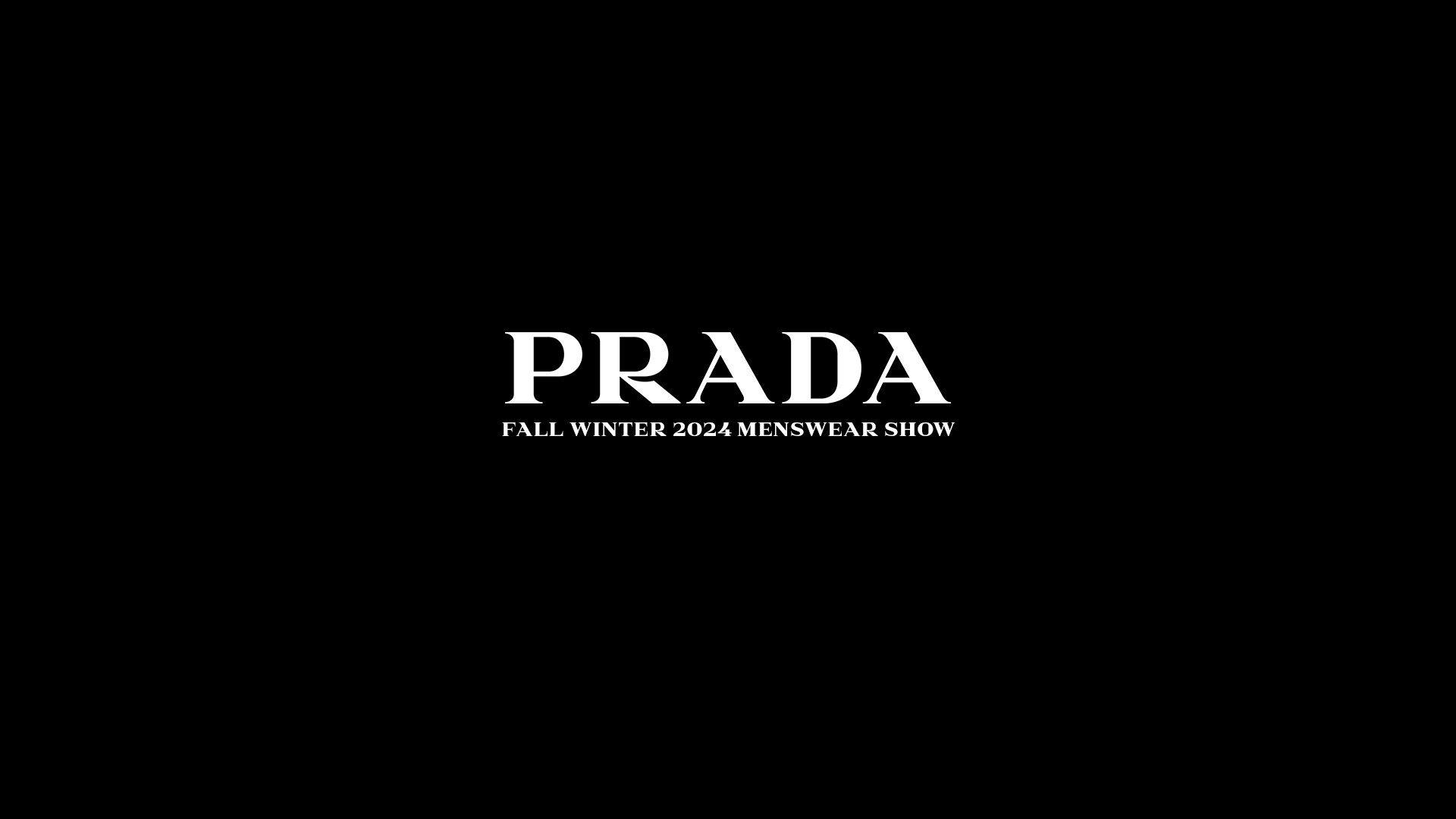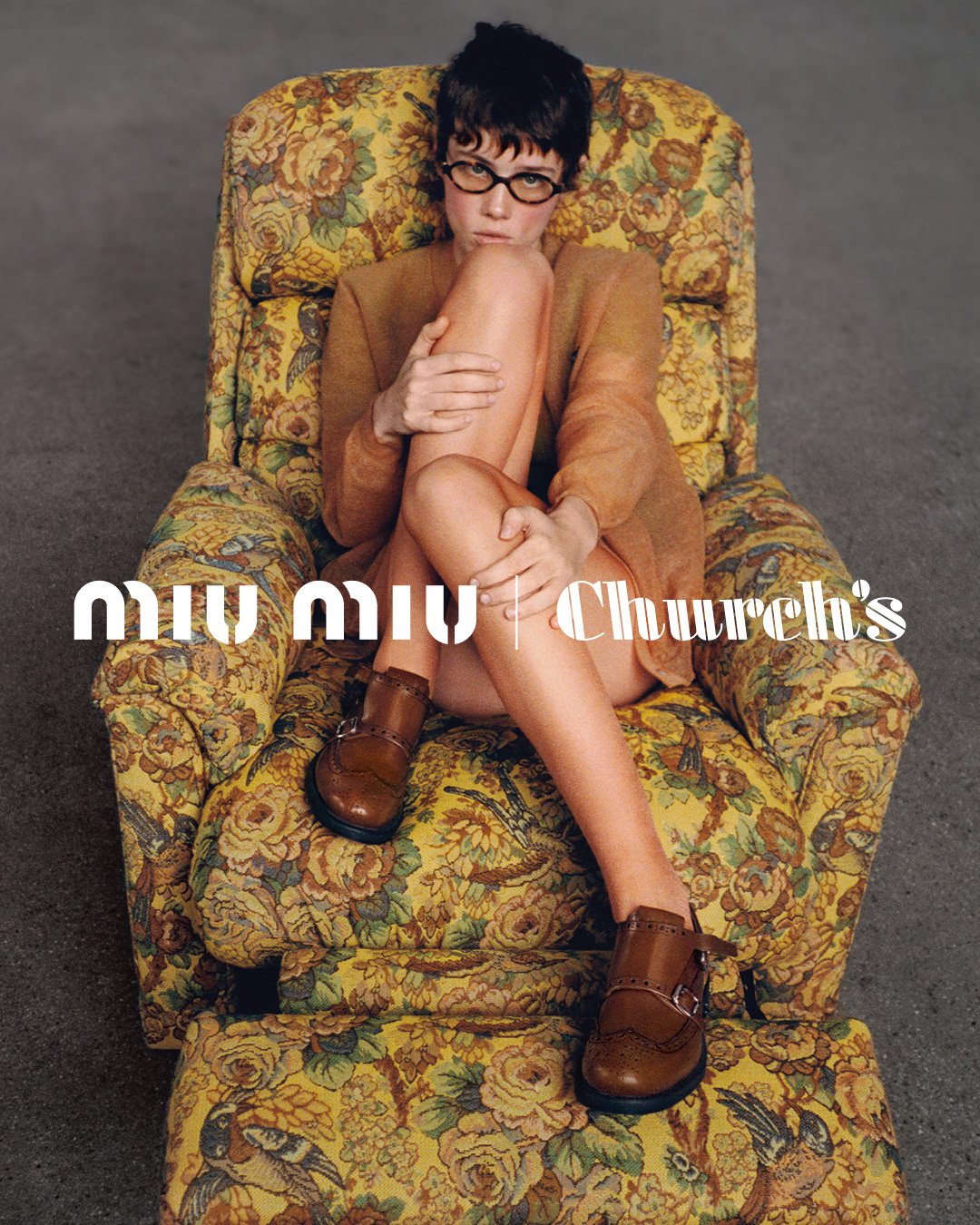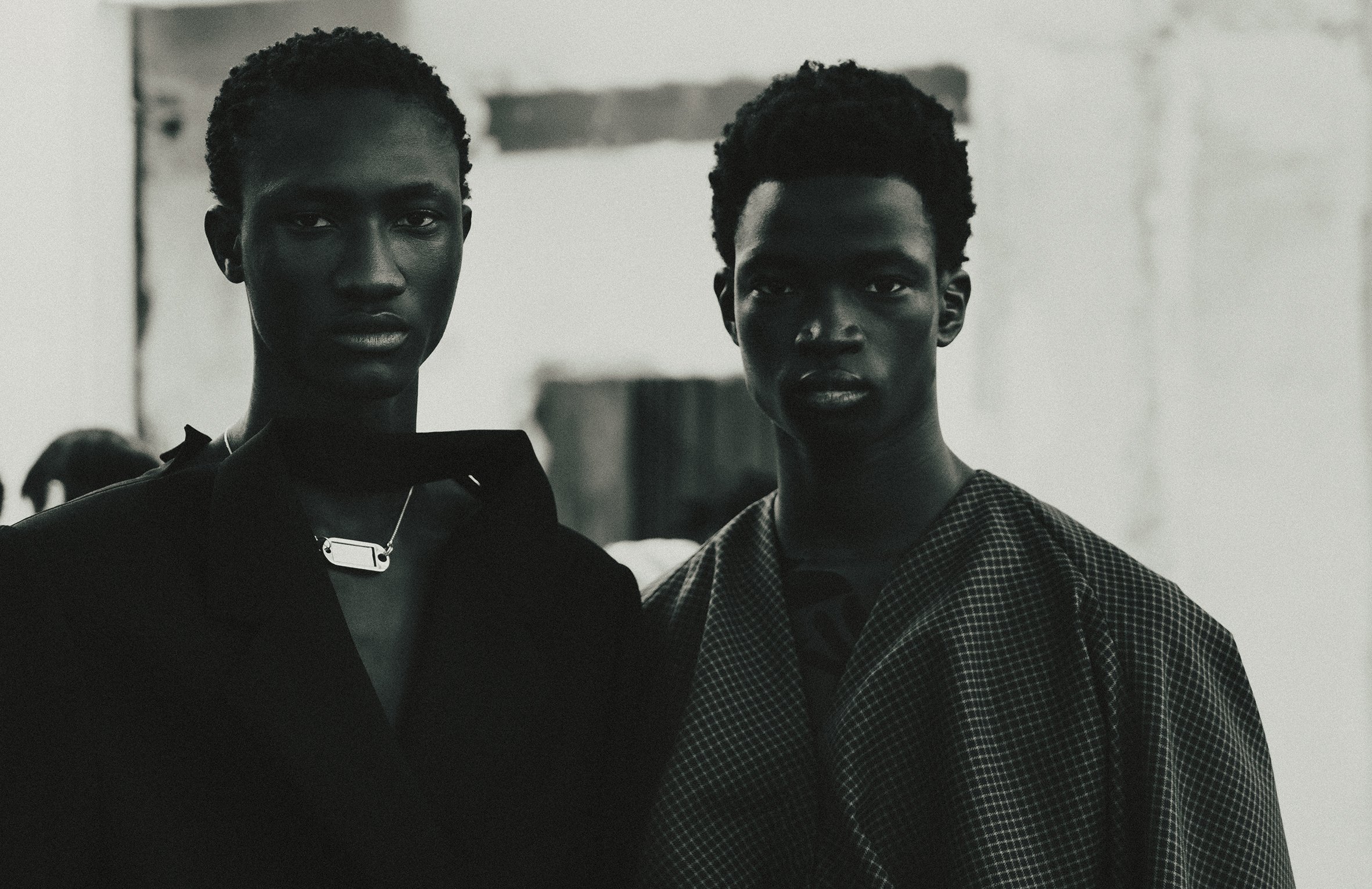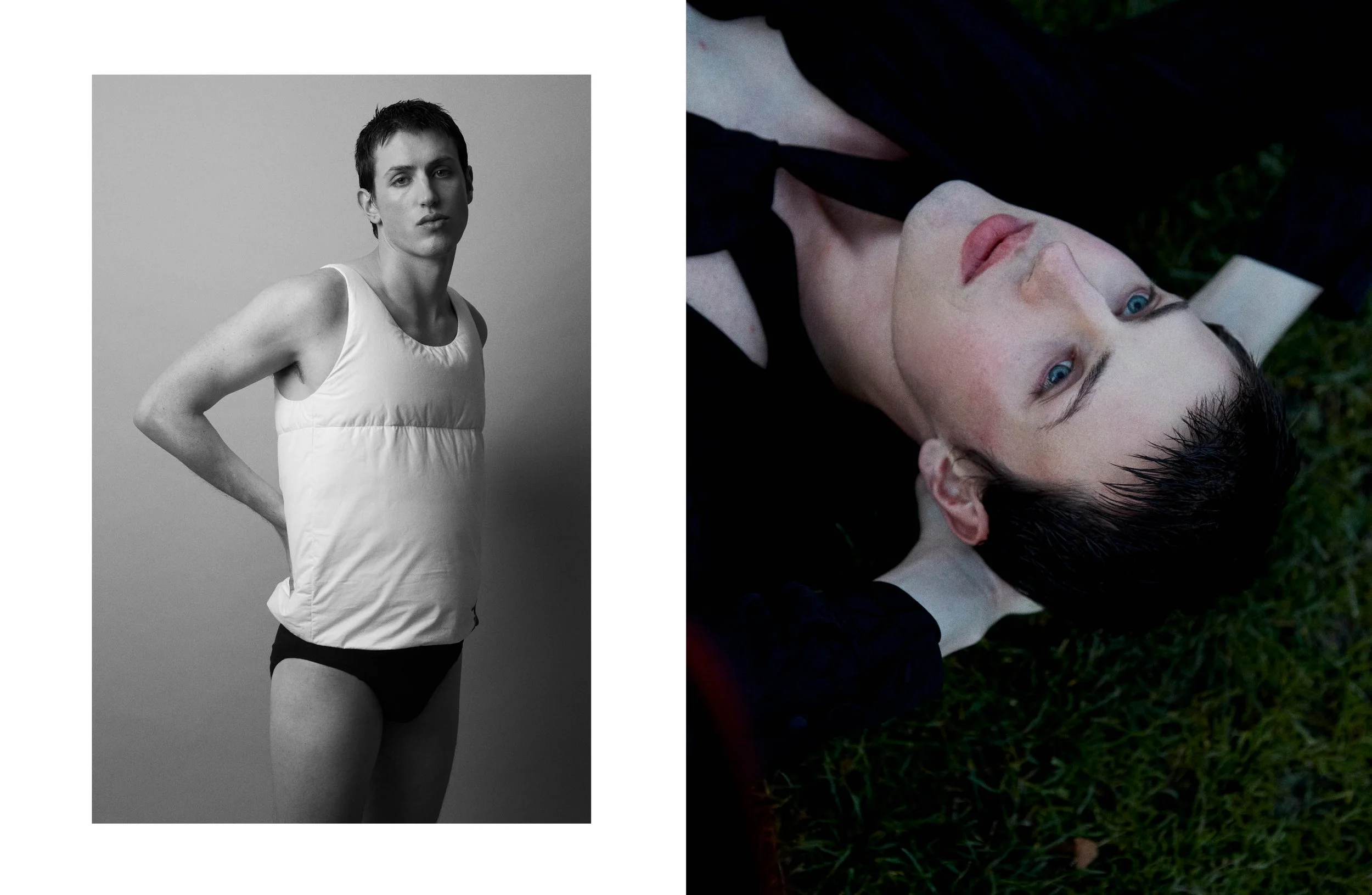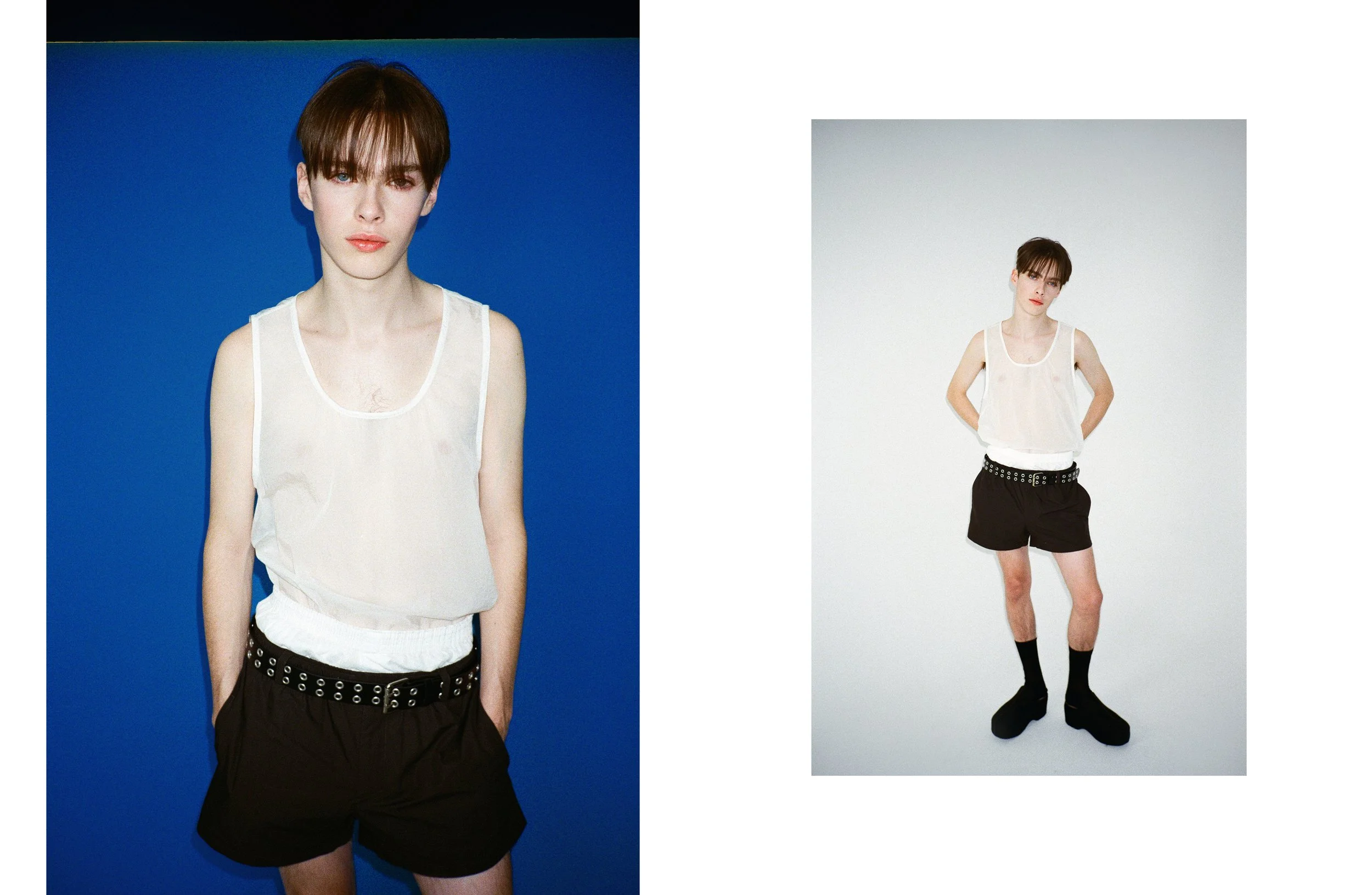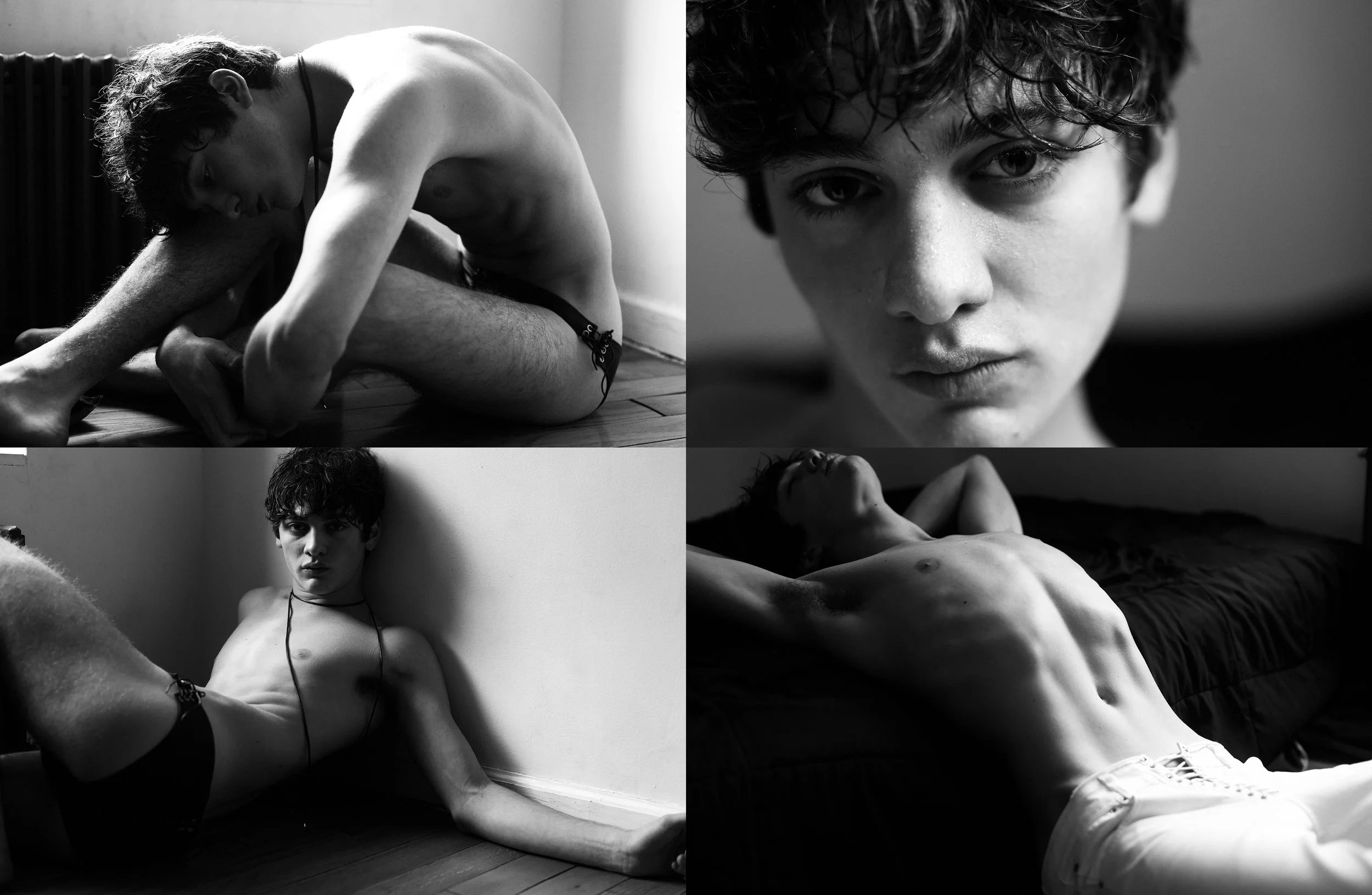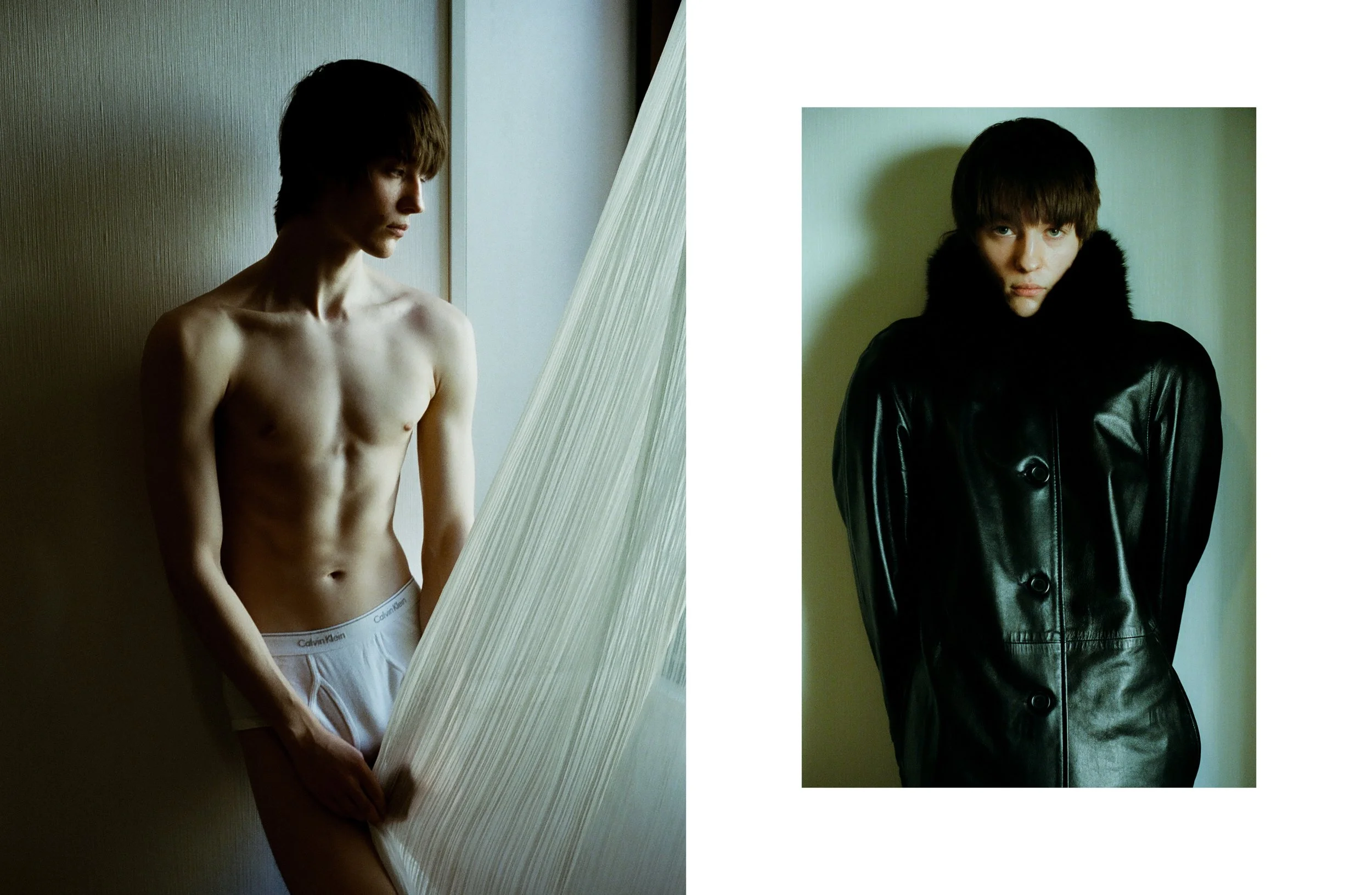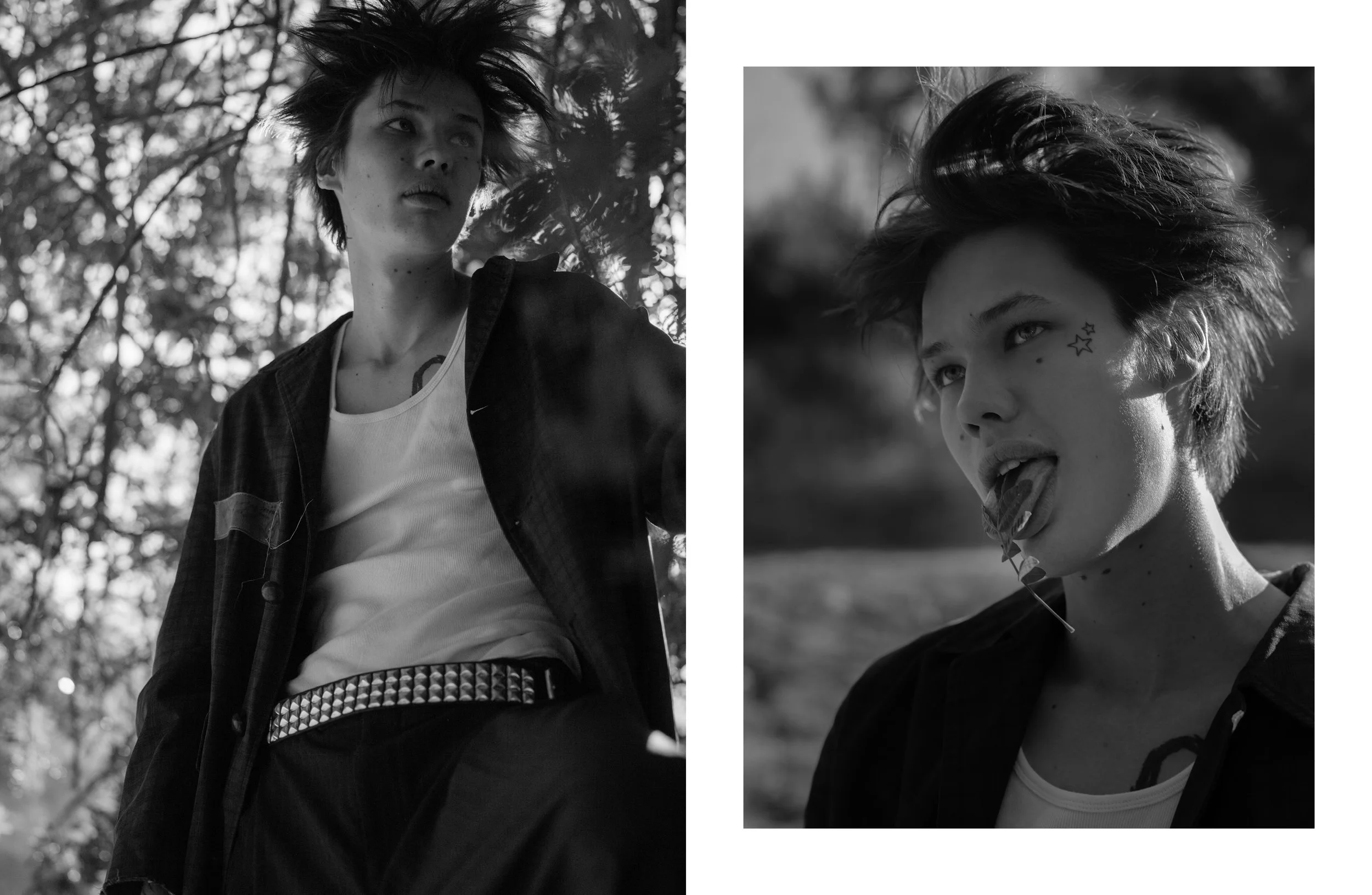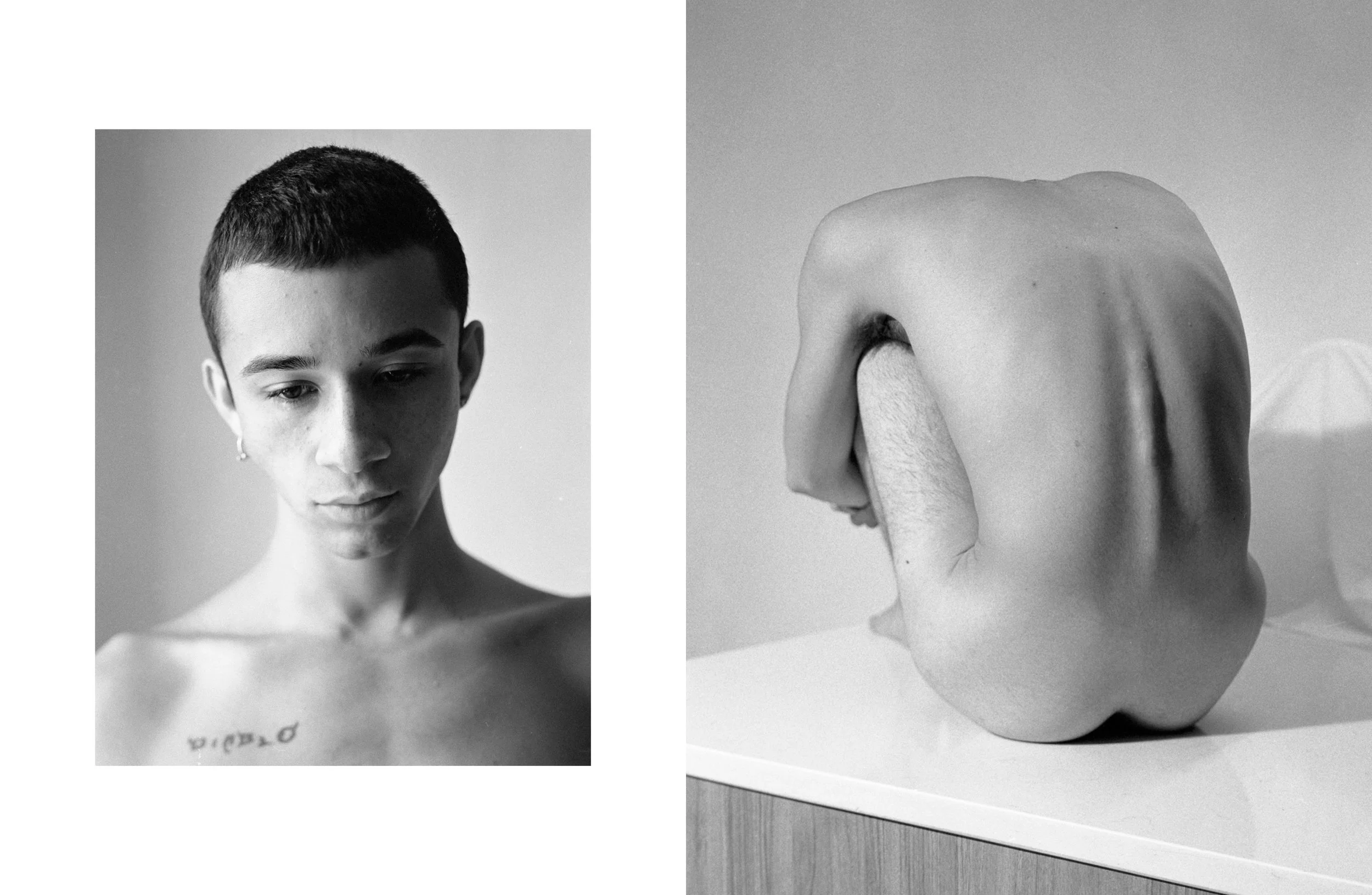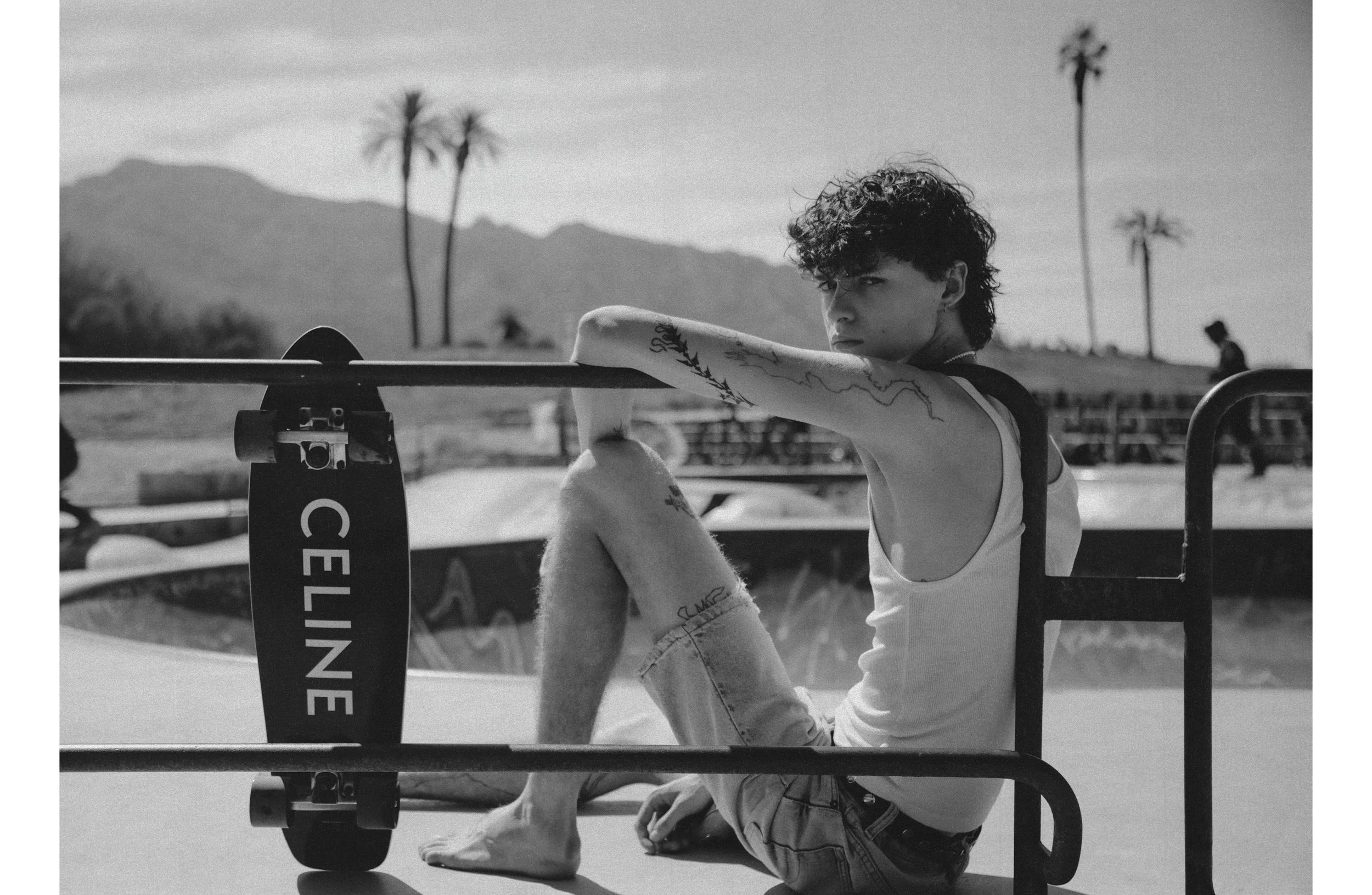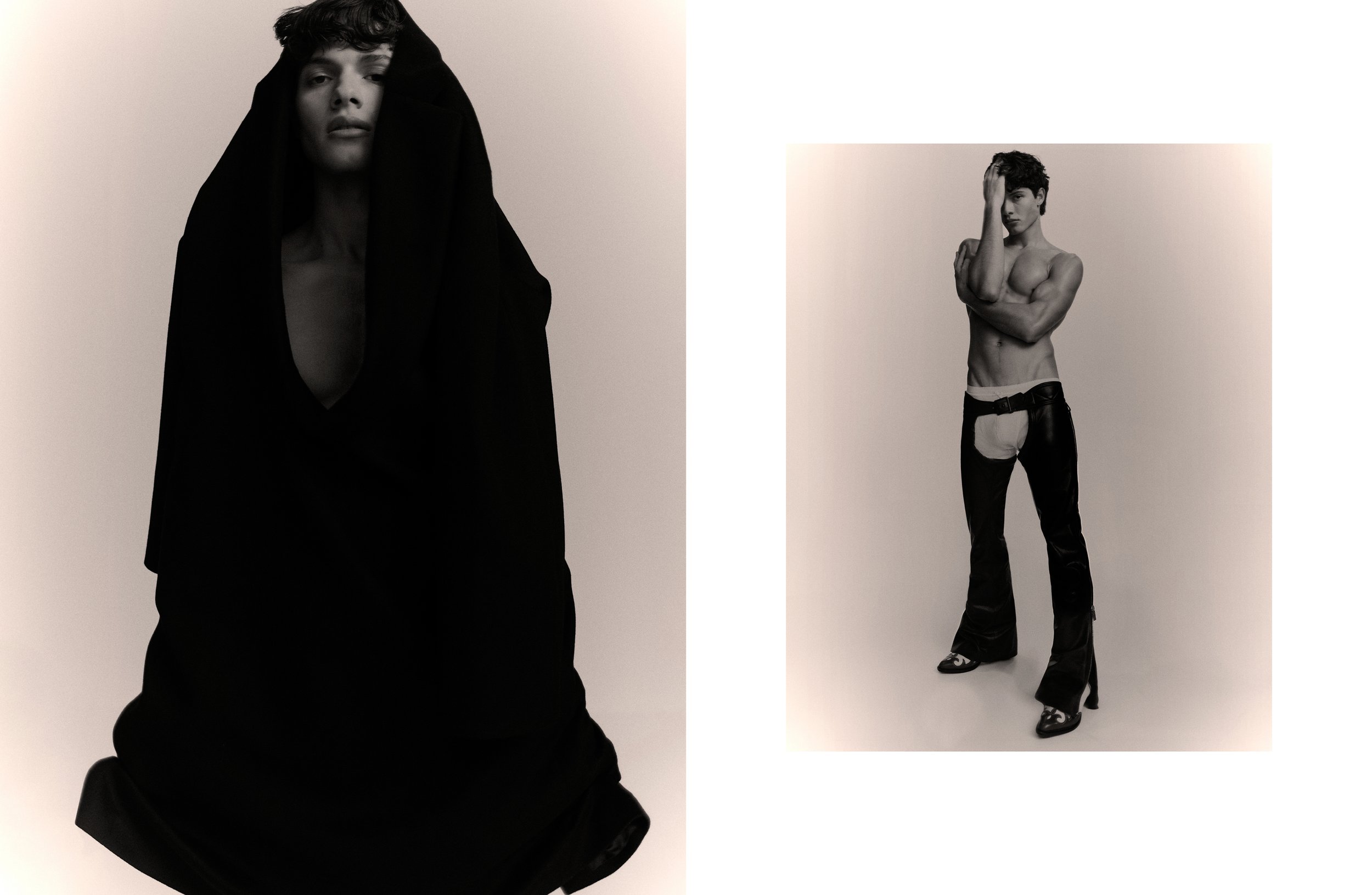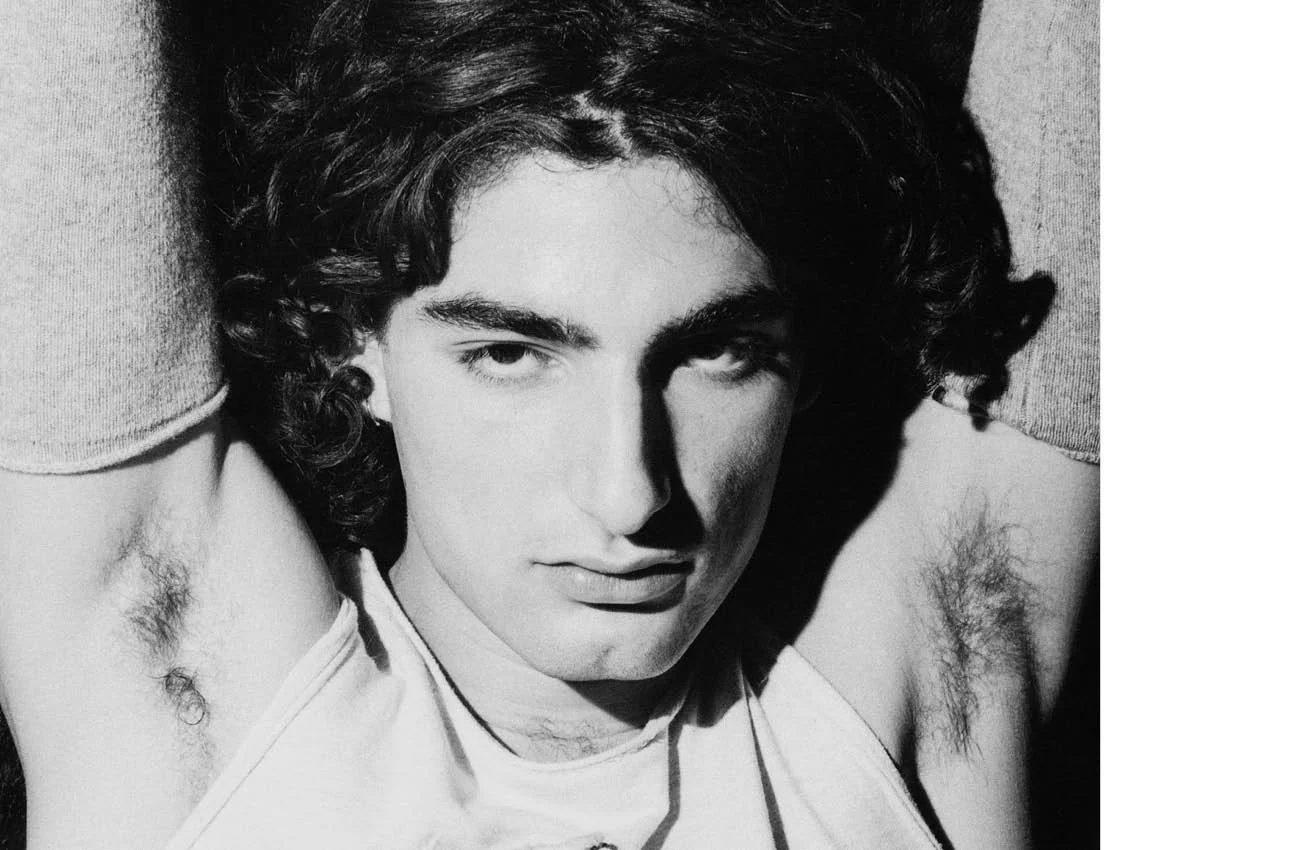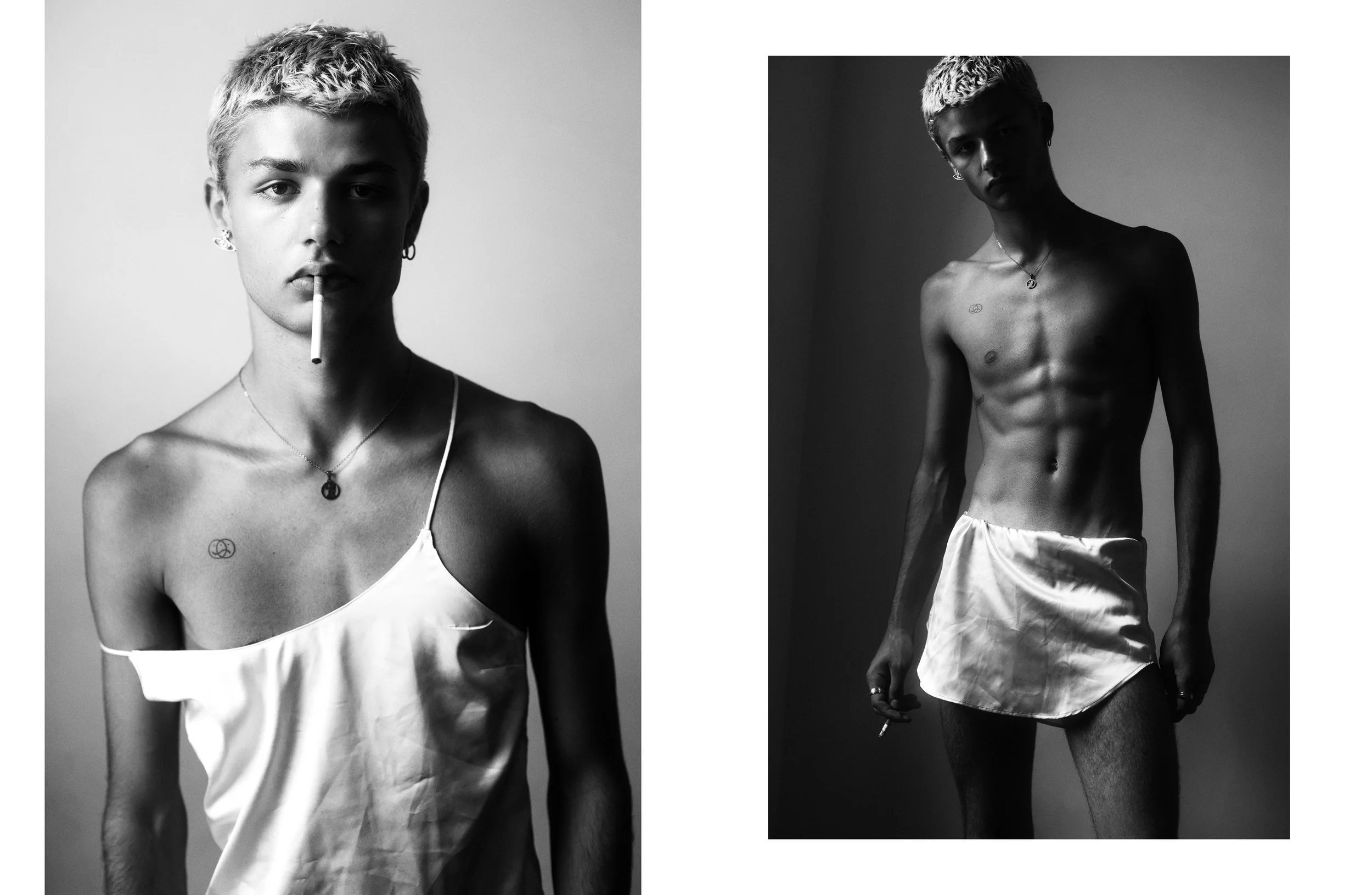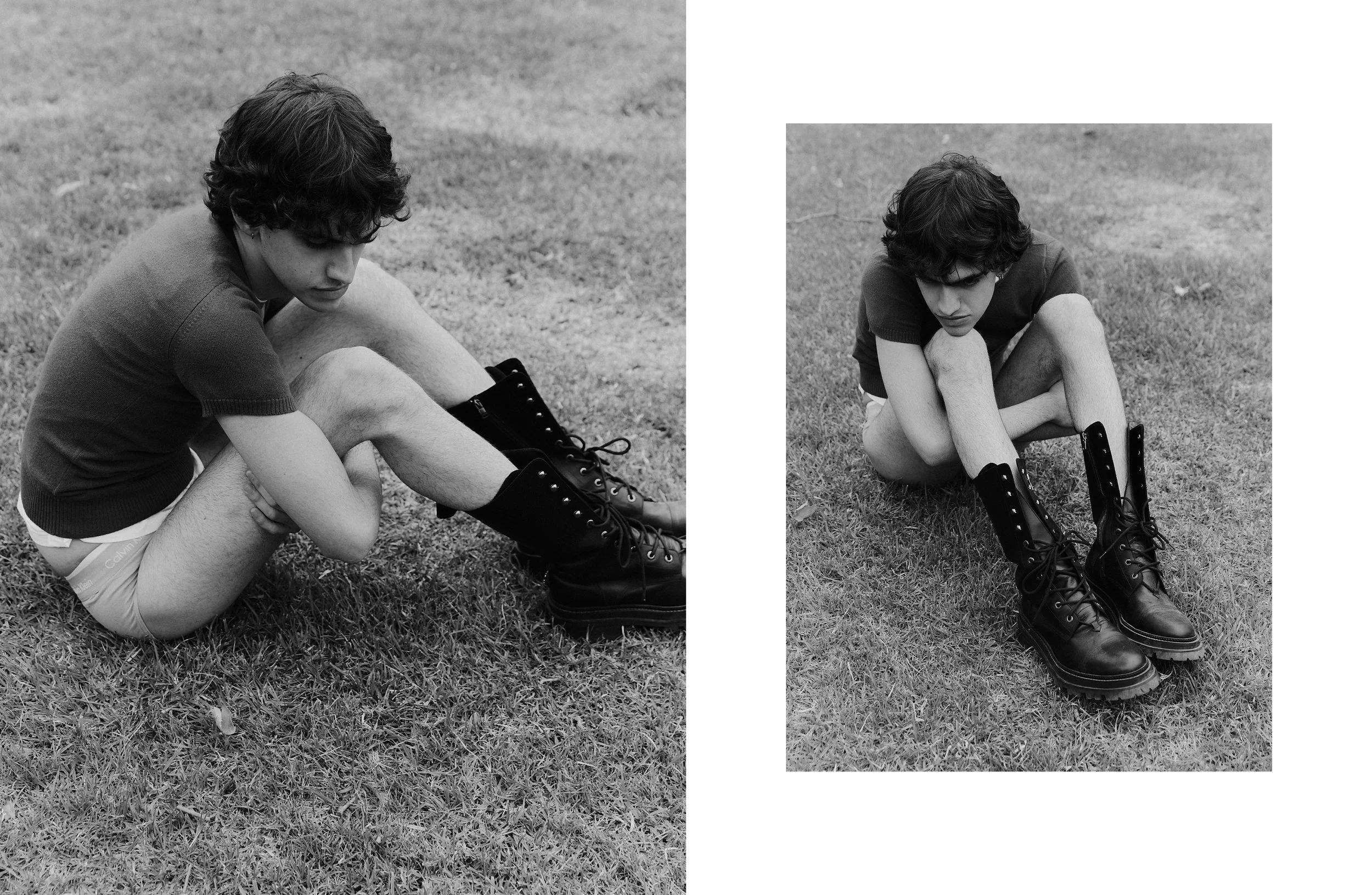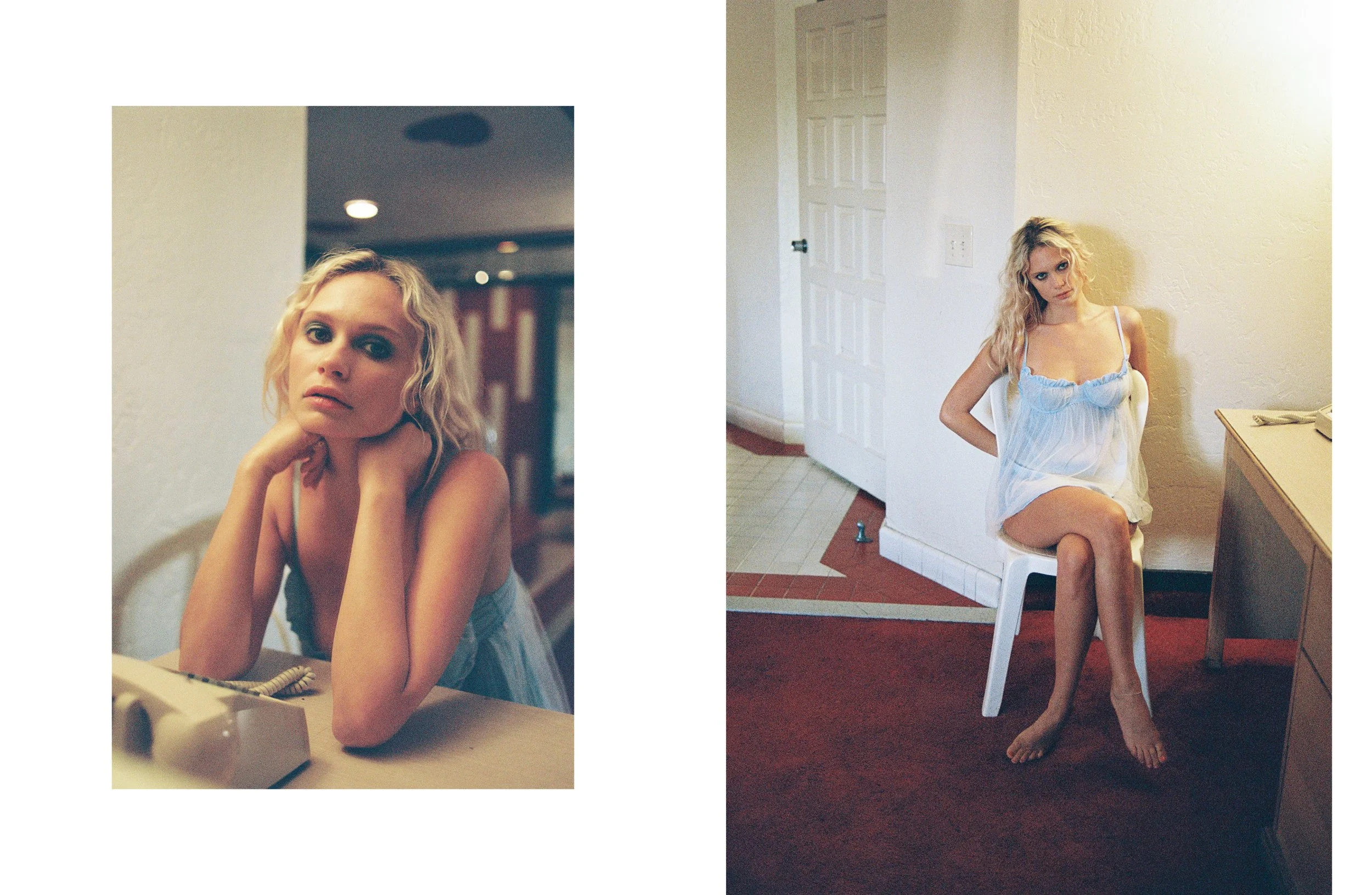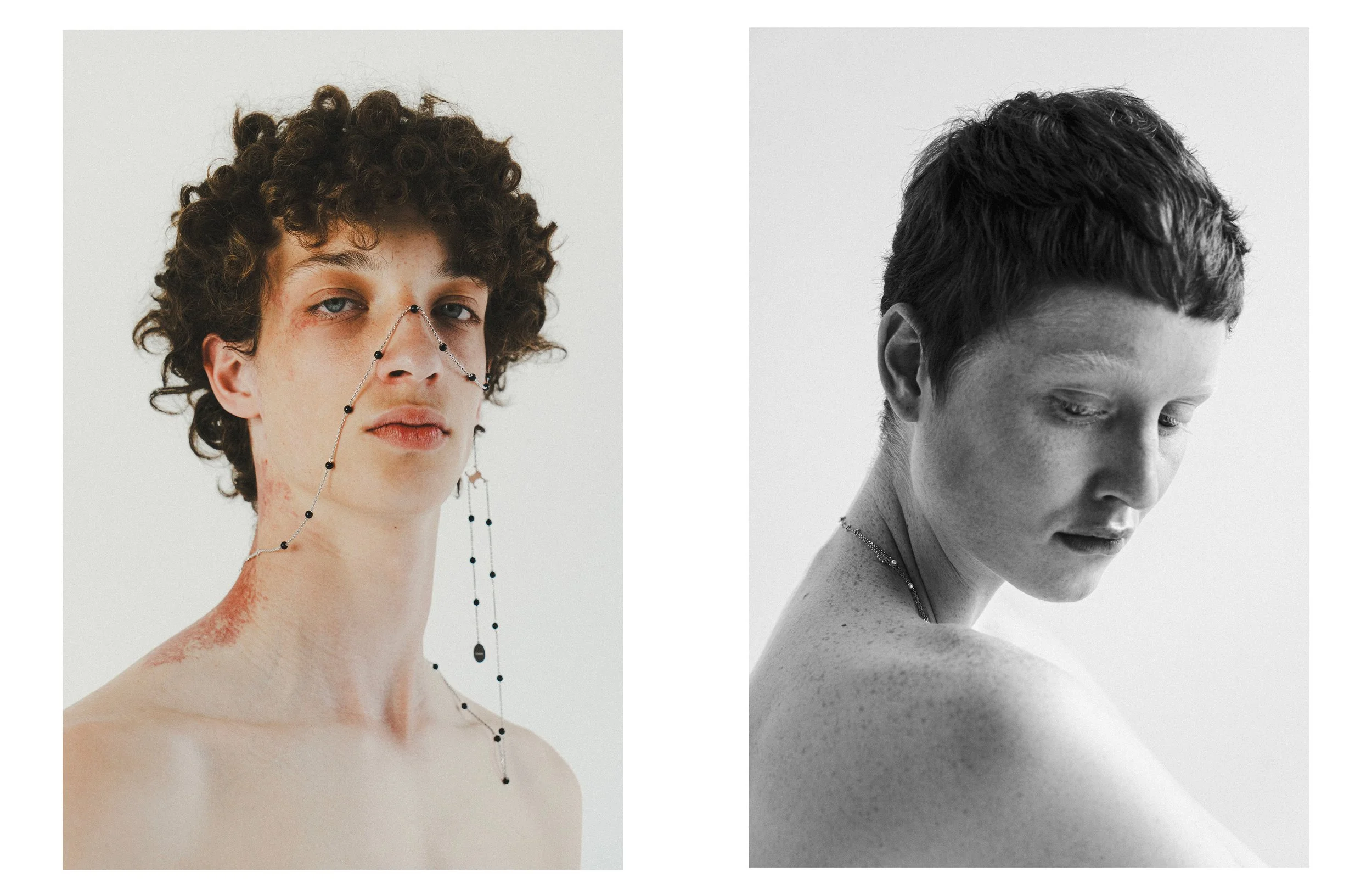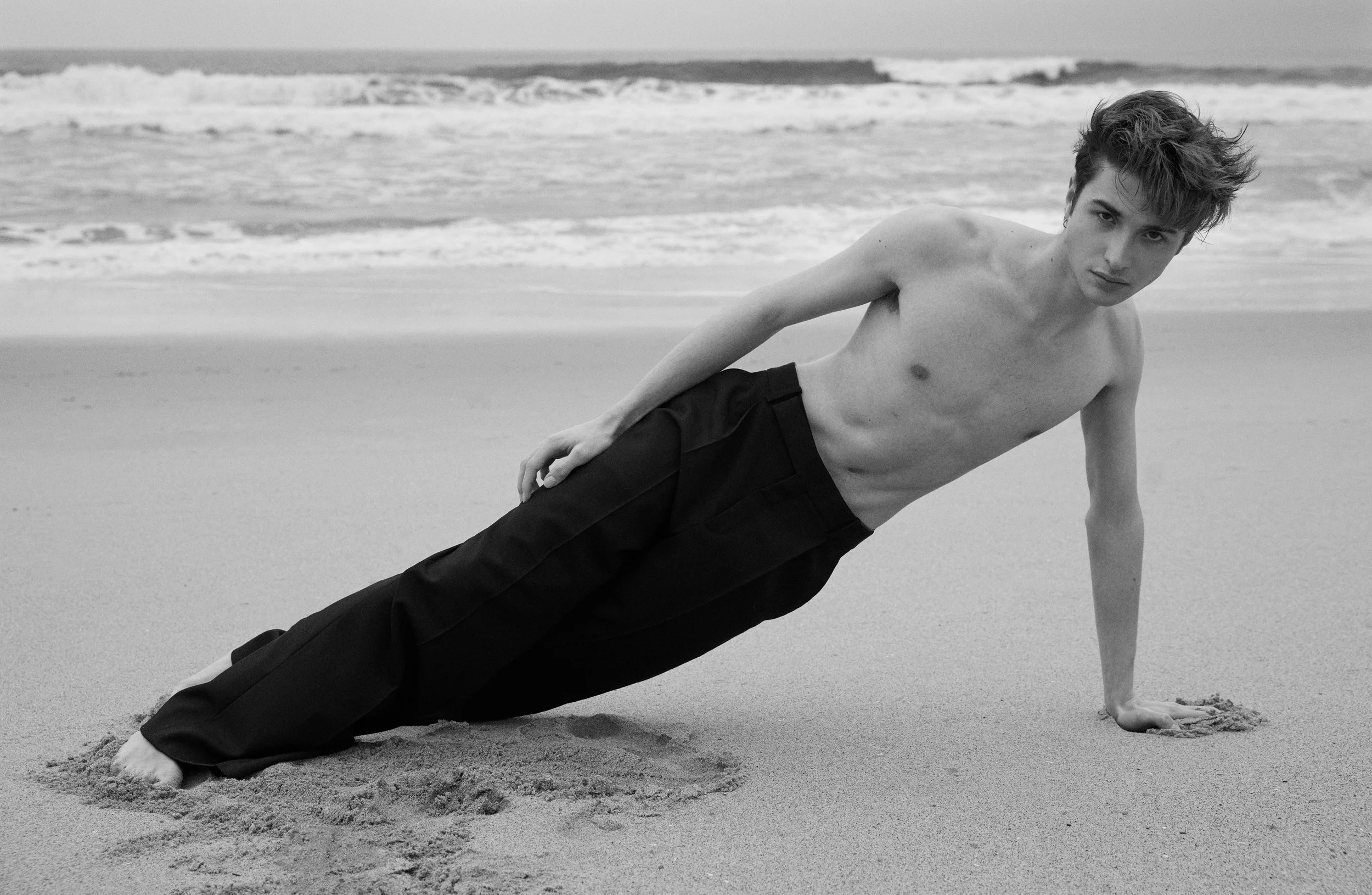CAMPER X MULLER VAN SEVEREN: REINTERPRETING RETAIL IN A PLAYFUL MANNER
When Belgian duo Fien Muller and Hannes Van Severen was approached by Spanish footwear company Camper to work on the design of their new Antwerp store, the challenge was to create a space that was both functional and creative, placing the shoe at the center of their retail concept. We caught up with the two artists based outside Ghent to discuss their relationship to the brand, why they appreciate the seduction of fashion and how they infuse their design ideas with subjectivity and warmth.
How did the idea of the collaboration with Camper come about?
Hannes Van Severen: Camper approached us by email first, which led to a meeting.
Fien Muller: The company director came to our atelier and we talked for several hours. We felt very positive afterwards.
What did you know about the brand before?
F: I didn’t know it so well actually.
H: I knew that they were making shoes of course, but besides the most famous products, we didn’t know much about the company itself.
F: We were aware that they frequently collaborated with other designers and artists, which we found interesting.
What was your first impression of Camper?
F: They were really professional as a team and everyone seemed enthusiastic. It’s also a family business -despite its current size- and that gave Camper a personal dimension. It’s important for us to be able to relate to the people we collaborate with on a subjective level and that was the case here.
H: We were given carte blanche by Camper. The only thing was that the display had to include 100 pairs of shoes, but besides that we had complete freedom.
What was your concept then?
F: We started with the size of a shoe and the idea of a shoe box itself, reinterpreting it as a display unit.
H: The space was small and we had to show all these styles, so we came up with the concept of a display wall featuring all these boxes in marble. We had to maximize the space while making sure everything was visible. We wanted to create harmony and a sense of rhythm, too.
When I see marble in stores, I tend to think of a frozen mausoleum. How did you make it warm and playful?
H: We used a very ambient marble and the shape of the boxes was minimal. What happens within the box had to be fun and inviting, in contrast with the simplicity of the box design. The marble is colorful, too, and there is nothing icy about it. It’s more baroque actually.
Let’s talk about your use of red.
H: Red is obviously the signature of Camper -paired with black- and we had been using the same shade in our furniture design.
F: Fire engine red, to be precise. We like working with this color.
H: We also loved the idea of the marble combined with the red and the green flooring. It created a little landscape with different characters.
F: The lighting in the box was also important and we spent quite a bit of time getting it right. It was a soft light, but we needed to make sure each shoe looked great.
Your project is playful, but there’s also a dramatic edge to it.
H: Definitely. We were interested in the relationship harmony and contrast, trying to find the right balance between the two.
When you work on a project like this, which is highly visual, do you think of its impact on social media and how people may photograph themselves within that space?
F: No, that is not something we take into account. We are both sculptors, but I have a background in photography, which probably explains why it looks so photogenic. It was actually the first time we designed a retail concept for a fashion brand.
H: We really envisaged this as a total experience, something immersive almost. That’s why every detail mattered in order to get it right.
Do you shop online or in stores?
F: I prefer shopping in a store. I don’t do online.
H: I buy things online, but it’s often after I viewed them in a store.
When you think of the retail space now, do you envisage it more like a showroom or an actual space with interaction and exchange?
F: As a brand, you need to think of the store as both things.
H: I think it’s still important to see and feel the products. Online doesn’t replace that.
Is fashion about seduction then?
F: Yes.
H: Fashion is a sensual experience, too, and when we design, we don’t like to start with computer drawing, we’d rather be connected with the material first and feel the furniture against ourselves.
F: It’s about experiencing things within their real dimension.
H: That’s very important for us. We need to feel the relationship between ourselves and the object.
As this was a project for Camper Together, did the fact that you are a duo motivate them to work with you?
H: If you look at the company and talk with Miguel Fluxá, you understand they’ve been working as a family for a long time, so there’s definitely this sense of connection and kinship.
F: We could relate to how passionate they are about manufacturing for instance.
As a couple, how do you reconcile the private and professional spheres?
H: It’s very natural for us. We’re in an ongoing exchange about beauty, things we like and dislike. It’s not always very serious. We agree pretty much all the time.
F: The design process comes naturally to us as a duo. Other things surrounding it may create stress, but the actual creation is the most fluid part.
H: We work symbiotically. If one doesn’t agree with the way something is going, the other will take it into account. We’re not trying to manipulate or influence each other.
Would you describe your process as purely instinctive then?
H: Definitely.
F: We have a very personal way of working. Emotion is what matters to us the most.
/ Interview by Philippe Pourhashemi /
/ Photography by Sánchez y Montoro & portrait by Mirjam Devriendt /
Camper Store Antwerp
Ijzerenwaag 14, 2000 Antwerpen
Mon - Fri: 10AM-6PM, Sat 10AM-6.30PM
